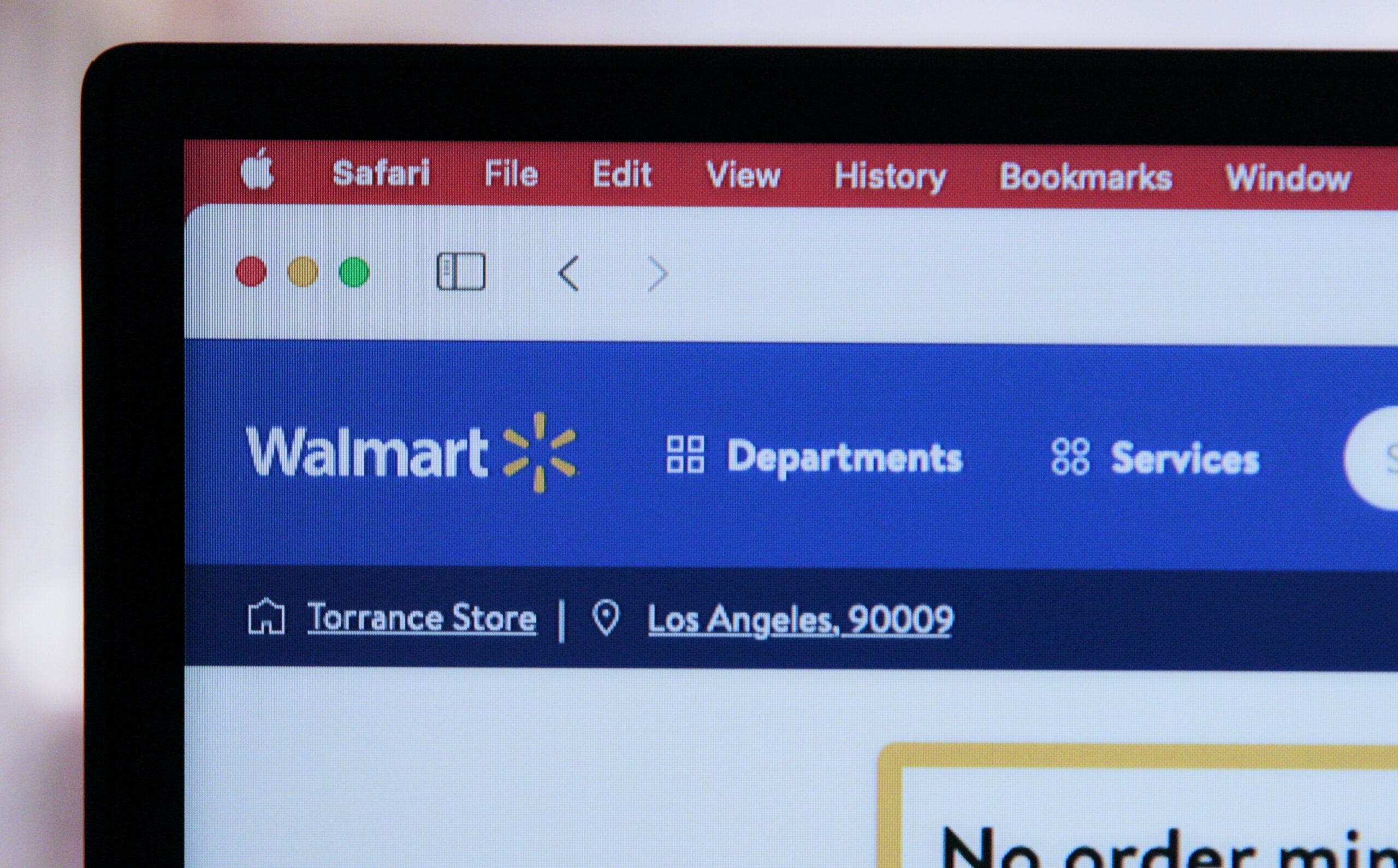Pet Emergency Fund 9 Ways to Tackle Unexpected Veterinary Bills
Pet Emergency Fund: Nine Practical Ways to Handle Unexpected Veterinary Expenses
Our dogs are treasured family members who give us unconditional love and companionship in today’s hectic environment. Unexpected veterinary expenditures, however, can take us off guard and cause both financial and psychological stress. At [Your Company Name], we recognize how crucial it is to protect your pet’s wellbeing without going over your spending limit. We offer 9 essential tactics in this thorough guide to help you establish and oversee a Pet Emergency Fund. efficiently, making sure you’re ready for unanticipated veterinary costs.
Knowing Why a Pet Emergency Fund Is Necessary
1. Determining Your Financial Readiness
Constructing a sturdy Fund for Emergency Care for Pets begins with a dedication to budgetary readiness. Set aside a certain amount of money each month for this fund, treating it like any other necessary expense, such as groceries or utilities.
2. Determining Reasonable Savings Objectives
The ideal amount for your Pet Emergency Fund will depend on a number of criteria, including the breed, age, and health concerns of your pet. Speak with your veterinarian to predict future costs and establish reasonable savings targets in accordance.
Finding Veterinary Care at a Reasonable Cost
3. Continual Prophylactic Care
Regular preventative treatment, such as immunizations and check-ups, can drastically lower the risk of unanticipated health problems. This preventative method not only enhances the health of your pet but also lowers ongoing medical expenses.
4. Examining Your Options for Pet Insurance
Obtaining a thorough pet insurance policy will help lessen the financial burden of unanticipated medical bills. Find the plan that best fits your needs, your pet’s needs, and your budget by doing some research and comparison shopping.
Handling Emergencies
5. Making urgent care a priority
In an emergency, you have to respond quickly. Know the locations of the closest emergency vet clinics, as well as their phone numbers and hours of operation. In an emergency, having this knowledge at your fingertips can save a great deal of time.
6. Looking for Programs to Help With Finances
Pet owners in difficult financial situations can receive financial support from a variety of organizations and charities. Investigate these choices to lessen the cost of unexpected veterinarian expenses.
Constructing a Community Assistance Network
7. Fundraising for Pet Emergency Situations
Crowdfunding has become a potent technique for gaining community support in the social media age. Make a persuasive campaign outlining your pet’s predicament and distribute it on social media to elicit help from loved ones, acquaintances, and even kind strangers.
8. Becoming a Member of Pet Support Groups
Pet-related internet forums are frequently quite helpful resources at trying times. Joining these organizations offers insights and guidance on managing unforeseen veterinary bills in addition to emotional support.
Making Future Plans
9. Modifying and Adjusting Your Investment Plan
As your pet’s needs change, review and update your Pet Emergency Fund plan on a regular basis. To maintain continuous financial readiness, make adjustments to your emergency plans, insurance policies, and savings targets.







